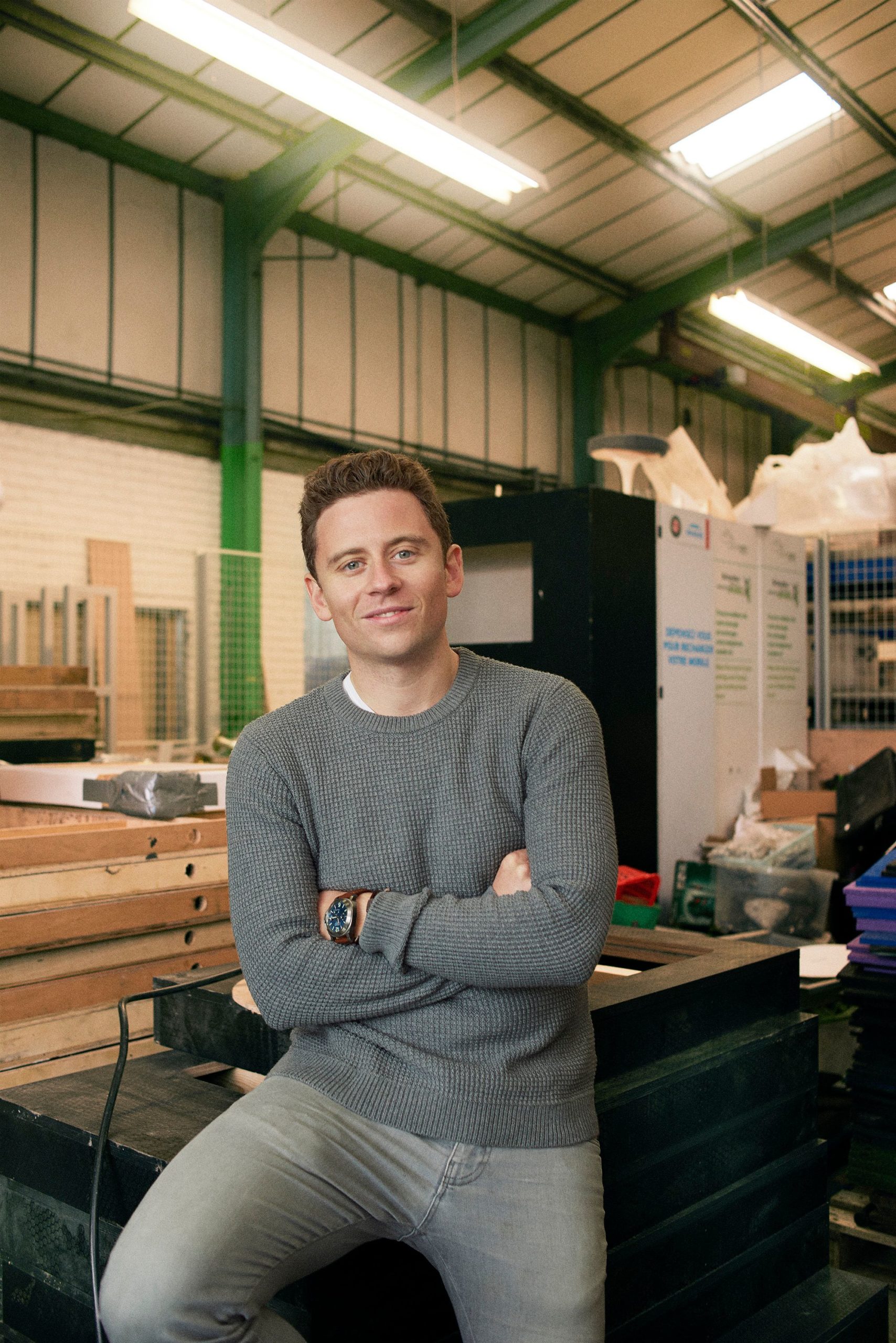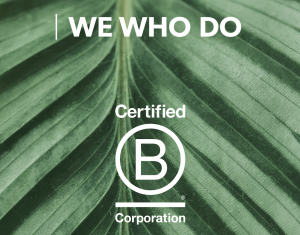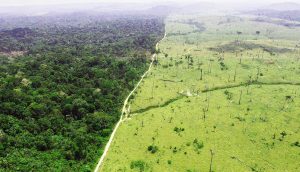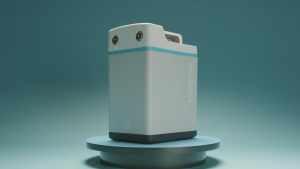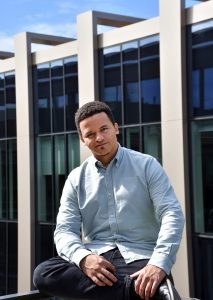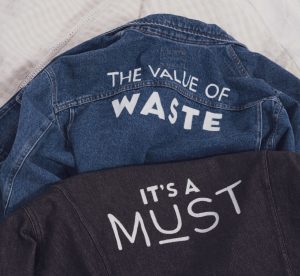Where did the idea for Pavegen come from?
Laurence: I came up with the idea for Pavegen in 2009, inspired by the desire to help do something about climate change. While at Loughborough University, I won a placement with a major European energy company to look at renewable energy solutions for street lighting. I left, having failed to make wind or solar work in dense cities, but I was inspired by the research I was carrying out.

Around this time, I was regularly using Victoria train station, which has around 75 million visitors rushing through it each year. I realised that there might be potential to harness some of that human kinetic energy and convert it into off-grid electricity.
From there I developed the first Pavegen prototype, a rectangular device that contained a single generator. But as an unproven technology, I had nowhere to validate my invention. In the end, I made a risky decision to install a Pavegen tile on a building site, without permission. I took some photos, posted them online, and then used social media to try to persuade the developer to invest in a Pavegen system. It worked.
Today, our V3 tile is sleeker and far more efficient, generating over 200 times more power than the first model manufactured in 2009.
What makes Pavegen so different?
Laurence: Pavegen uses kinetic technology to create sustainable environments that work for and are powered by people. We know technology alone won’t make cities smarter. Pavegen’s tiles can actively or passively be integrated into an everyday aspect of many of people’s lives: walking. What is different about Pavegen is that users can contribute to a cleaner, greener world simply with their footstep.
In addition, due to the interactive nature of the tiles, Pavegen has an additional altruistic offering that captivates, delights and builds communities. Bringing people together for a collective good can educate and create awareness for issues that really matter in the modern world.
What has Pavegen has been working on over the past few months?

Laurence: Pavegen have been working closely with the CEO and founder of Tribal Planet, former Apple Executive, Jeff Martin, to enhance the digital offering of the tile. As well as the physical touchpoint, Pavegen offers key analytics and behavioural insights for clients. With the integration of the digital app, Pavegen can now reward users for their footsteps, offering store points to redeem or donations to local charities.
Bridging the gap between the physical and digital has never been so important and this additional functionality achieves this and allows Pavegen to integrate further within smart cities and sectors beyond.
Where do you see the company in 5 years time?
Laurence: With fast-growing revenues, we will be refining both our physical and digital offering. We’re currently working on a range of enhancements, including our digital app offering: looking at how people interact with our walkways, increasing the efficiency of our systems and also expanding the range of applications that we power.
With a growing team across the full suite of disciplines, we are working to increase demand and capitalise on partnerships that we have nurtured, which are now producing significant opportunities.
Primarily, our focus is on delivering more permanent installations in the world’s most innovative cities.

